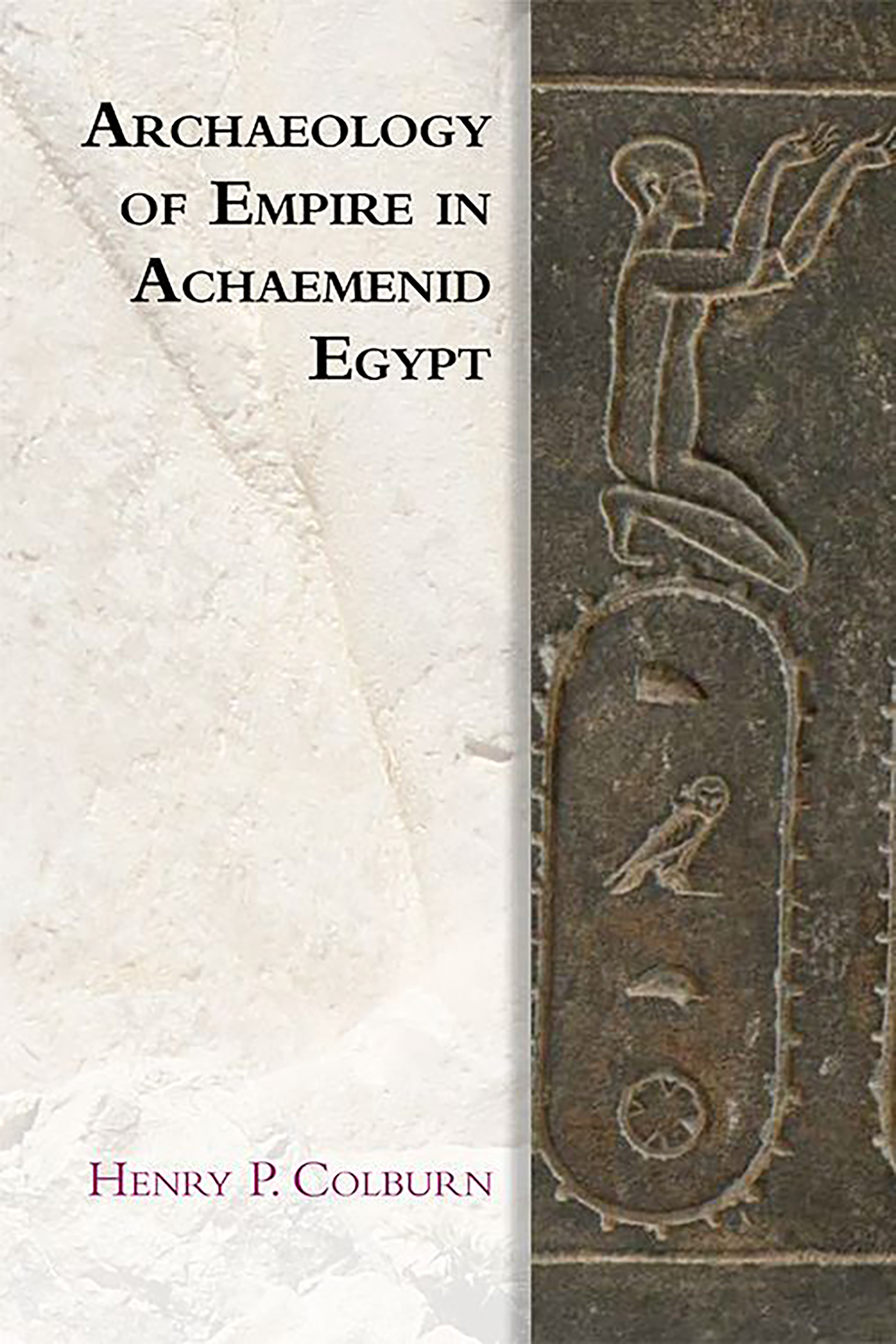
Archaeology of Empire in Achaemenid Egypt
Kyle Pakka
Henry P. Colburn
Edinburgh UP, 2020
Coming on the heels of ancient Egypt’s zenith of power in the New Kingdom period and before the arrival of Alexander in 332 BCE, the era of Achaemenid Persian rule (526–404 BCE), has traditionally been viewed by scholars as either a period of oppression by foreign invaders or an insignificant blip in the long pageant of Egyptian history. Henry P. Colburn, a Fellow in Ancient Near Eastern Art at the Metropolitan Museum in New York, surveys the material evidence—temples, tombs, irrigation works, statues, stelae, drinking vessels and coins—to create a more nuanced portrait of the age. Achaemenid Egypt was the Egypt known to Herodotus (c. 484–c. 425 BCE) and other Classical Greek writers and, as Colburn posits, was “a major feature of the intellectual, cultural, economic and political landscape of the Mediterranean and wider Near East.” Serious devotees of Egyptian history, rather than casual fans, will enjoy Colburn’s meticulous research and appreciate seeing this overlooked period in a new light.
You may also be interested in...

Asma Khan’s Monsoon Cookbook Reclaims Taste of Home—Our Book Review
Known for her all-female kitchen at London’s Darjeeling Express, Asma Khan transforms her new cookbook into a memoir, steeped in nostalgia.
Author Safdar Nensey’s Hajj: A Journey Back in Time—Our Book Review
Safdar Nensey invites readers into one of the world's oldest and most sacred annual expeditions: the Muslim pilgrimage to Makkah.